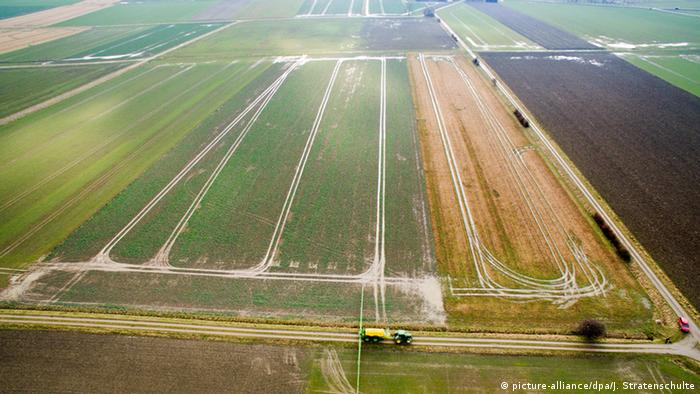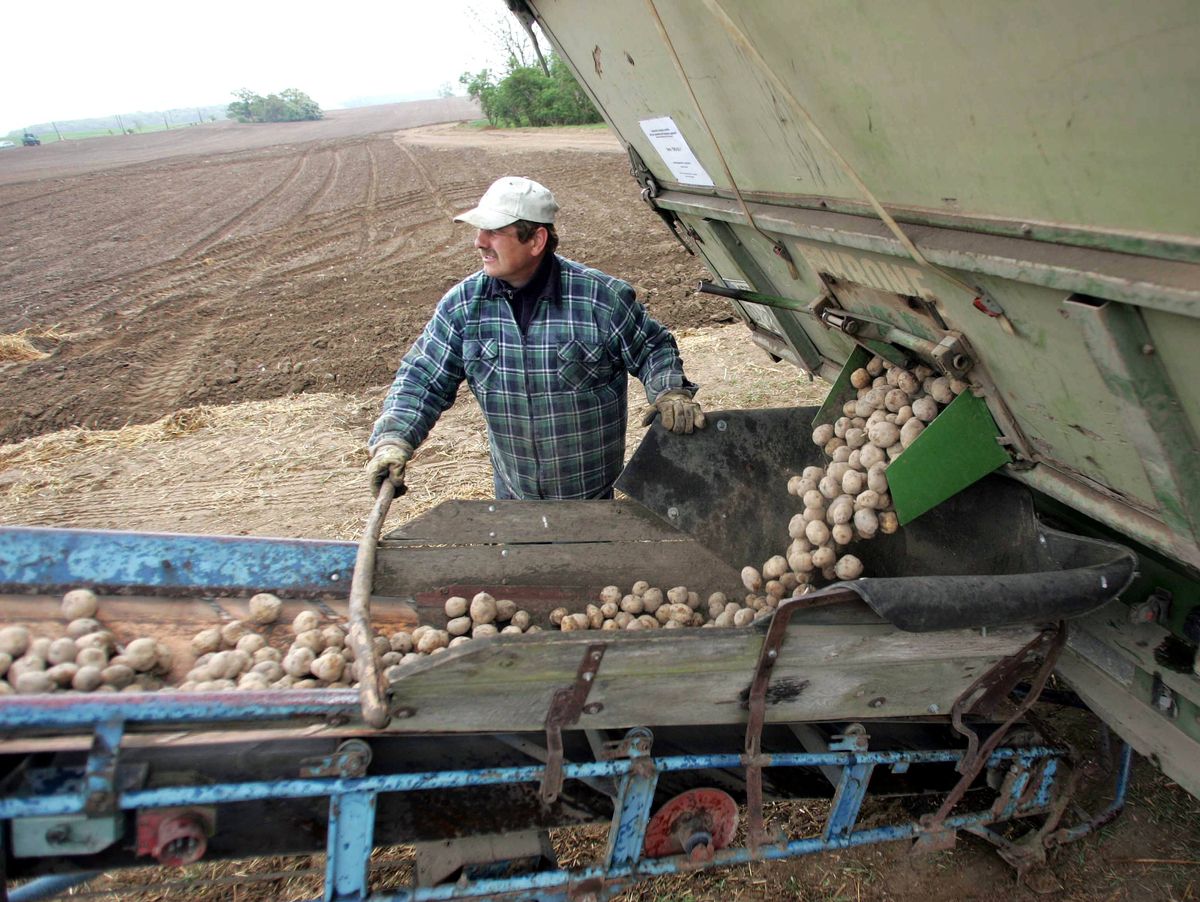There are no statistics on the richest farmers in Germany. And they didn’t make it onto Forbes magazine’s list of the richest people in the world.
Even with other official statistics – for example about the largest farms or the richest farmers in Germany – it looks rather poor. Also: unlike in China, Russia or the USA, people in Germany don’t like to talk about money – if they have some. The so-called agricultural holdings should, however, provide a clue . The Federal Statistical Office recorded the structures for the first time with the 2020 agricultural census. This then shows how much area these giant companies actually cultivate – and how big the individual holdings really are. Unfortunately, these statistics do not say how many companies they actually own.

Nevertheless, one can learn a lot from the statistics: Of the total of 262,800 agricultural holdings recorded in the 2020 agricultural census, just under 4 percent or 10,200 were legal entities or partnerships. Of this group, 3,700 farms or 36 percent belonged to a so-called group of companies, says Destatis – or in other words to an agricultural holding company. These holdings manage a total of 1.84 million hectares of utilized agricultural area. That is more than 11 percent of the total agricultural area in Germany.
These large companies concentrate particularly on the East, while their owners are often billionaires or multimillionaires from industry and commerce. In the east they cultivate – depending on the federal state – between 19 percent in Mecklenburg-Western Pomerania and 37 percent in Thuringia of the total usable area of these states. And to emphasize this high proportion of land once again: Depending on the federal state, the holdings have between 230,000 hectares and almost 300,000 hectares “under the plow”.

The richest farmers come from industry and trade
t is typical: The money with which the holdings are bought together comes from completely different sources than from agriculture.
The names of the large owners who like to operate in secret read almost like a “ Who’s Who” of industry and trade: The best-known German agricultural holding was certainly the lost KTG-Agrar with Siegfried Hofreiter at the helm. The large listed company cultivated up to 45,000 hectares of land, especially in Mecklenburg-Western Pomerania and Brandenburg. 20,000 hectares of which are owned.
After the bankruptcy of KTG-Agrar in 2016 , the newly founded Deutsche Agrar Holding (DAH) took over a large part of the KTG areas and the biogas plants and continues to manage them to this day. DAH is a subsidiary of the Gustav Zech Foundation, based in Bremen. Behind this, in turn, is a construction and investment company. The insurance group MunichRe also bought plenty of land from the assets of KTG Agrar and later also other businesses.
Large investors with many thousands of hectares are also the pharmaceutical company Merkle, the Remondis founder Rethmann, the heating technology manufacturer Martin Viessman, as well as the furniture manufacturer and conglomerate owner Steinhof. Then there is the industrialist Silvio Dornier, the retailer Aldi Nord and the owner of the logistics company Fiege. To name just a few.
The more country, the more money from Brussels
There is, however, a way to find the owners and land that are behind the holdings – and thus at least some of the money that flows into these companies. These are the direct payments that go to all farms. Some time ago the federal government published an overview of the structures of large agricultural holdings in Germany and the EU agricultural payments made by the numerous subsidiaries .
According to this, DAH Holding, based in Fleckeby in Schleswig-Holstein, with over 36 agricultural subsidiaries, is the largest German agricultural holding – or in other words: it has the most land. In 2019, around 5.36 million euros in EU agricultural payments from the first pillar flowed to the DAH. Well behind is the Lindhorst Group based in Winsen an der Aller. In 2019, its 19 subsidiaries made direct payments totaling around 3.38 million euros.
The seven agricultural subsidiaries of the Lukas Foundation came in at a total of 3.01 million euros . This foundation belongs to the Albrecht family and together with two other family foundations they hold 100% of the shares in Aldi Nord. The Steinhoff Group in Westerstede ranks fourth: It has 23 subsidiaries. They received around 3 million euros from Brussels. The EU payments to the 19 subsidiaries of Baltic Agrar, based in Oranienburg, amounted to around 2.2 million euros.
Incidentally, Südzucker AG also collects 1.8 million euros in direct payments and the energy group RWE at least 330,000 euros. Unfortunately, the federal government did not provide any figures about the other holdings in the above question – or because of the many companies that belong to them, it was unable to collect anything. In any case, little money should not have flowed to “these farmers” either.
more on the subject


